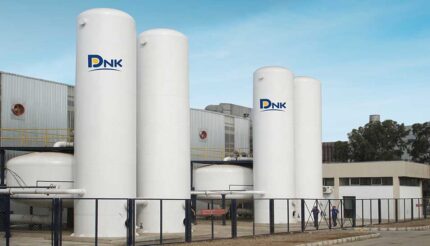Cryogenic storage tanks are defined as dedicated pressure vessels that store liquid oxygen, nitrogen, argon, carbon dioxide, etc. When it comes to the storage of other liquefied gases at slightly higher temperatures, such as liquefied natural gas (LNG), carbon dioxide, and nitrous oxide, they are also consummate performers.
These vacuum insulation storage tanks be seen as a soft option open to LNG users in varied sectors. They require precise assembly jobs of inner tanks and matching outer tanks, made of austenitic stainless steel and to-be-specified material respectively, packed with perlite or aluminum foil, thermal insulation cotton.
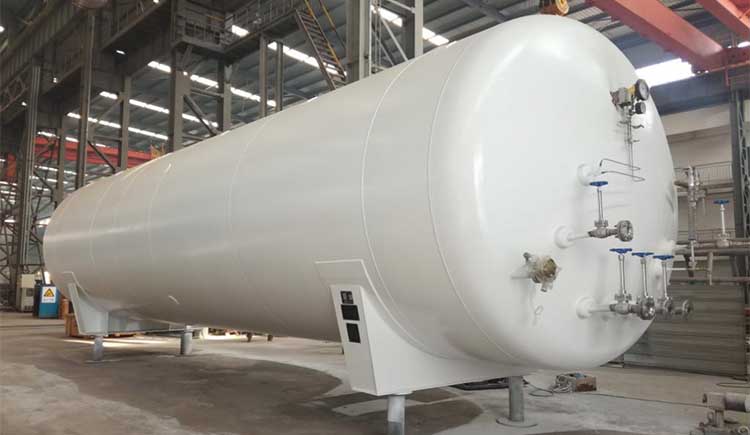
Applications in industry
In light of their impressive performance of storing liquefied industrial gases, such as liquid oxygen, nitrogen, argon, and carbon dioxide, cryogenic liquid storage tanks are commonly available in steel, chemicals, metallurgy, medicine, food, and power industry. For instance, the equipment meet the needs of storing liquid oxygen for steel argon welding, liquid nitrogen or argon for arc welding (cutting), etc.
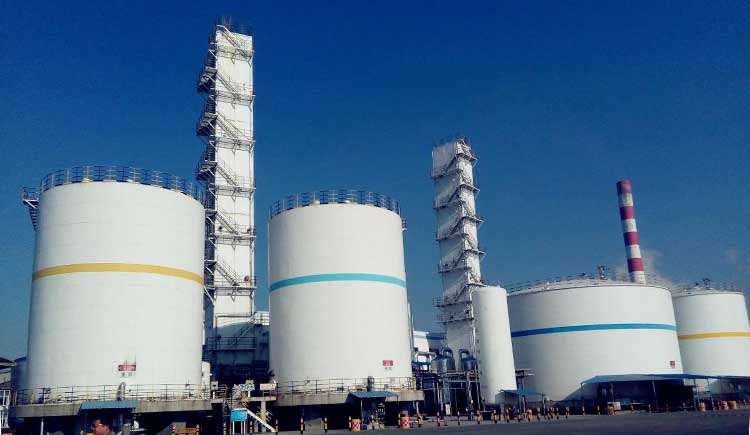
Applications in energy
Large LNG storage tanks and are generally installed in LNG receiving stations, storage stations, vaporization stations, and external transmission stations, ensuring energy security.
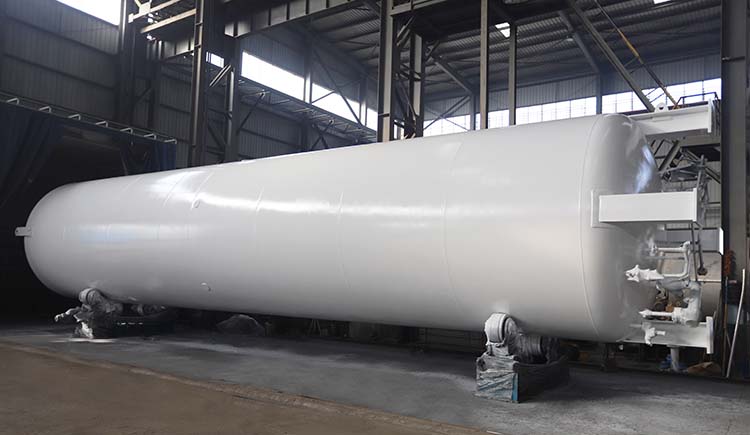
Applications in medicine
Cryogenic vacuum storage tanks make sense in enhancing medical quality that used to store medical supplies such as blood, vaccines, cells, tissues, etc., gaining widespread acceptance among customers work for hospitals, biopharmaceutical companies, scientific research institutions, testing centers.
The design and production of DINAK vacuum insulation storage tanks aim to maintain international standards. minimizing heat transfer and evaporation rate.
The customized products are available in a variety of volumes, pressures and flow rates.


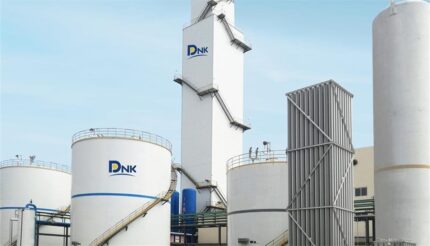
内页小-430x246.jpg)
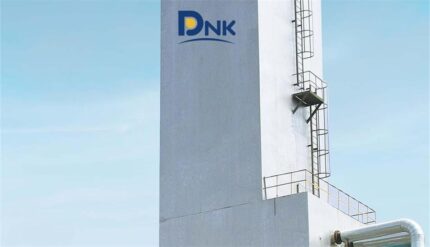
-2-430x246.jpg)
-430x246.jpg)
